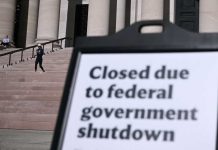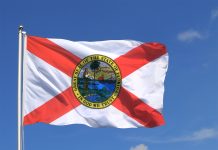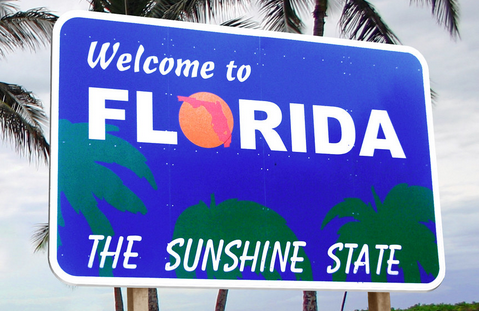
Recent data indicates that Florida is experiencing a notable decline in tourism for 2025. Labeling it however, as the “biggest collapse in U.S. history” may be an exaggeration. Many other U.S. states are facing similar dips. While Florida welcomed a record number of visitors in 2024, the downturn in 2025—which saw a decline of 8.7% in arrivals during the first nine months—is a significant concern for the state’s economy.
The situation is part of a broader trend of tourism decline impacting multiple major U.S. travel hubs, including Hawaii and Las Vegas. However, the size and economic reliance on tourism in Florida mean any sustained slump has profound implications.

What This Decline Means for Florida
Tourism is often described as the “lifeblood” of Florida’s economy, having a massive impact on revenue and employment.
* Economic Impact: The industry generates billions in state and local tax revenue, which funds essential public services. A sustained decline directly translates to budget shortfalls and reduced funding for infrastructure.
* Job Market Strain: Florida’s tourism and hospitality sector supports millions of jobs. A visitor drop leads to empty hotel rooms, fewer restaurant diners, and less demand for service workers, potentially leading to job losses and wage stagnation.
* Ripple Effect on Small Business: Local businesses, from tour operators to souvenir shops, rely on tourist spending. A reduction in visitor volume can put immense pressure on these enterprises, threatening closures and impacting local communities.
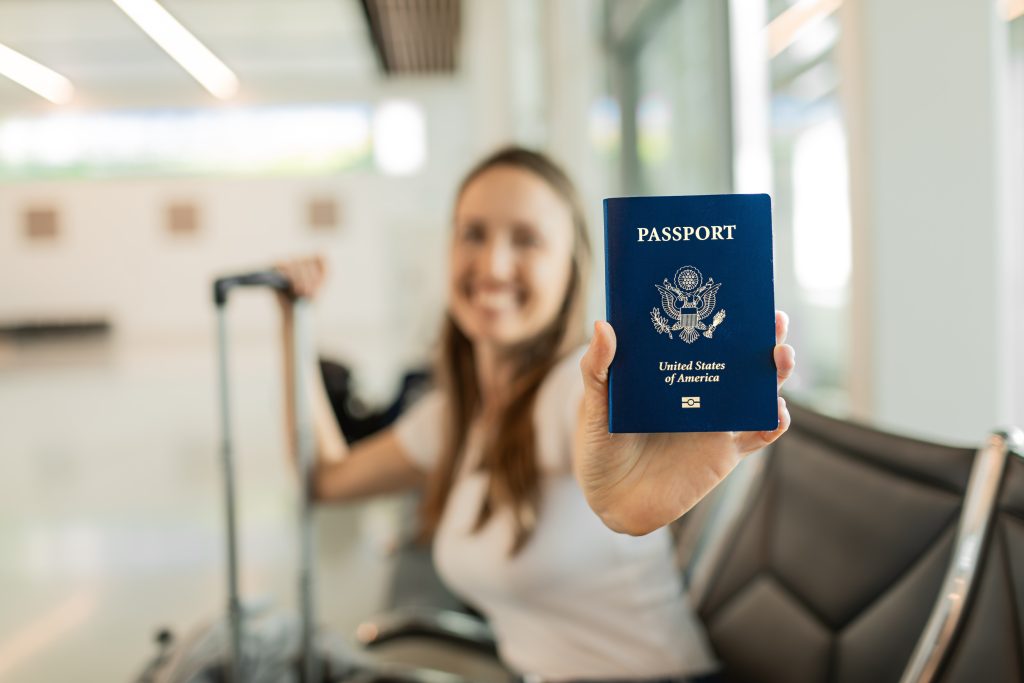
Why the Tourism Decline Is Happening
The current downturn isn’t attributed to a single cause but rather a “perfect storm” of economic, political, and competitive factors:
* Rising Costs and Affordability: Skyrocketing airfare, increased prices at major attractions (like theme park ticket hikes), and general economic inflation are making Florida vacations less affordable. This forces budget-conscious travelers to choose more economical destinations.
* Economic Uncertainty: Broader economic uncertainty and rising interest rates are causing both domestic and international travelers to curb non-essential spending, resulting in fewer trips or shorter stays.
* Increased Competition: Other global and domestic destinations are ramping up efforts to attract tourists, drawing visitors away from traditional powerhouses like Florida.
* Decline in International Visitors: The state has struggled to fully recover its numbers of overseas and Canadian travelers since the pandemic. Factors like shifting diplomatic relations, visa delays, and tariffs have contributed to a significant drop-off from key international markets.

Addressing Florida’s Tourism Challenges: Strategies for Recovery
Reversing the trend requires a multi-faceted approach focused on value, marketing, and diversification.
1. Reassess the Value Proposition
* Stabilize Pricing: State and local entities should collaborate with major travel providers and attractions to explore strategies that stabilize or reduce costs to make Florida more competitive on price.
* Promote Budget-Friendly Options: Aggressively market the state’s less-expensive, natural, or cultural attractions beyond the major theme parks and luxury coasts, appealing to a wider range of travelers.
2. Diversify and Enhance the Tourist Experience
* Focus on Niche Markets: Invest in and promote sustainable tourism (eco-tourism, nature preserves), historical sites, and cultural attractions to broaden the state’s appeal beyond beaches and theme parks.
* Invest in Resilience: Given Florida’s vulnerability to extreme weather, proactive investment in weather-resilient infrastructure and disaster preparedness is crucial to reassure travelers and safeguard tourism assets.
3. Targeted Marketing and Global Outreach
* Re-engage Key International Markets: Launch targeted marketing campaigns in countries like Canada, Brazil, and European nations to rebuild trust and address any misconceptions that may deter travel.
* Digital Innovation: Utilize data-driven marketing and AI-powered personalization to better understand traveler preferences and promote customized vacation packages, enhancing visitor experience and operational efficiency.
By addressing the core issues of affordability and competition while strategically broadening its appeal, Florida can work to stabilize its crucial tourism sector.
MUST READS
32,760 Hours: The Cost of Staying Alive on Dialysis – News Talk Florida
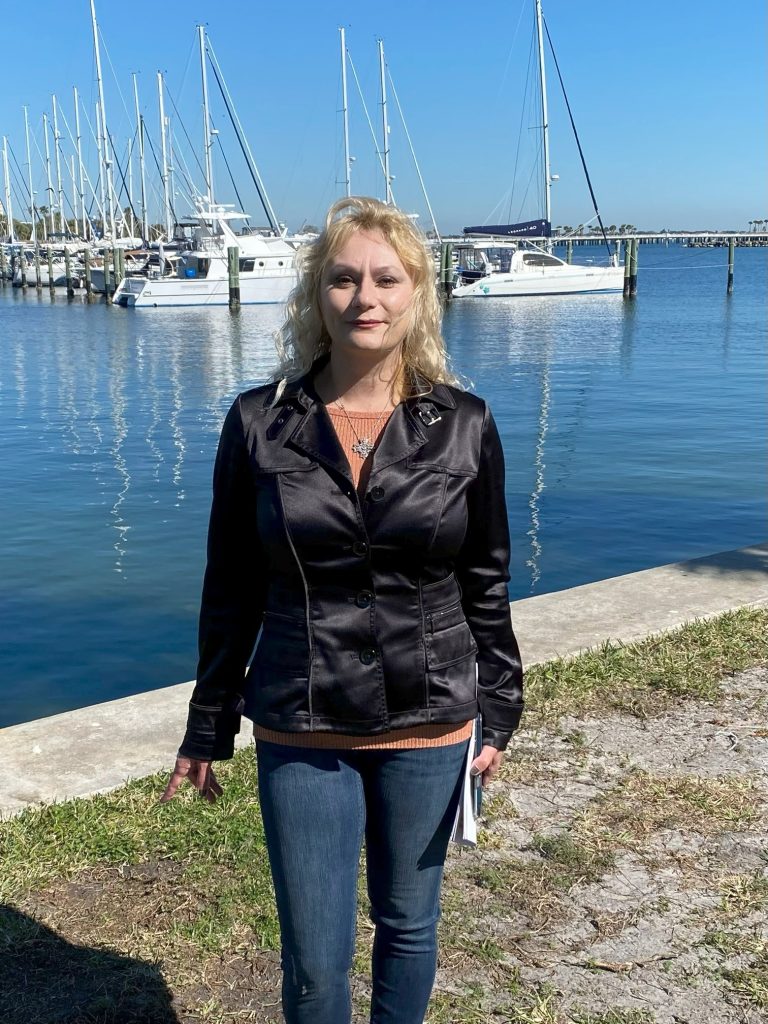
Viorica Bruni Content Creator Collective Audience Media




